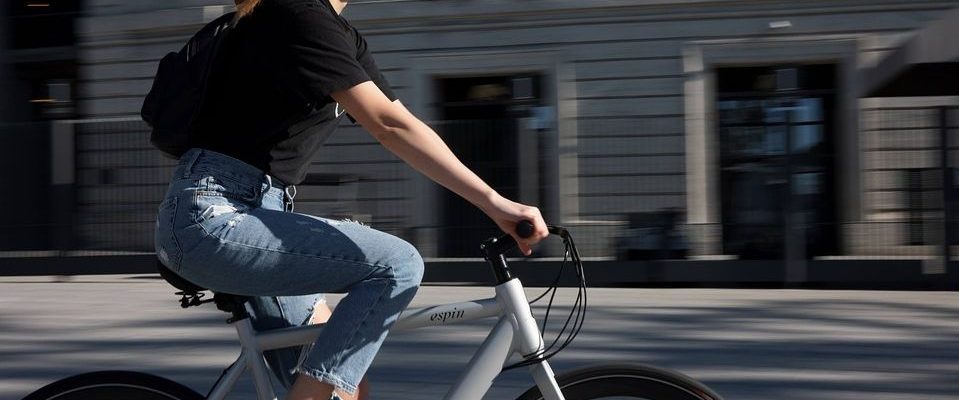Big money for the little queen. By 2027, the State intends to invest 2 billion euros to boost the practice of cycling. With, as the first stage, the current year. As part of the 2023-2027 bicycle and mobility plan, the executive promises to contribute to the creation of infrastructure to the tune of 200 million euros in 2023.
Advertisements which intervene in full rise of the vélotaf, the use of the bicycle for the journeys between home and work. On the subject, investments are flowing, but inequalities persist between men and women.
Around 60% of men cycle through cities, compared to only 40% of women. For Jean-Sebastien Catier, president of Paris en Selle, two dimensions must be taken into account. “People, and therefore women, don’t take up cycling because they feel unsafe on the road due to the lack of facilities. The other factor is more social. Women are still today more responsible for taking care of the children and shopping than men, which can exclude cycling,” he notes.
“The more secure tracks there are, the more the practice becomes equal”
An assertion noted by an INSEE study on the vélotaf: on average, a mother devotes twice as much time as a father to accompanying the child on a day. Aid for the purchase of bicycles, modification of the Highway Code, a target of 100,000 kilometers of secure cycle lanes in 2030 (compared to 57,000 today), training sessions for children for driving a bicycle…
For Marie-Xaviere Wauquiez, founding president of the Women in Motion professional network, the government plan and the promise of “beautiful separate cycling infrastructure, not just paint” is a good thing. She details: “We know that the notion of risk-taking is much weaker among women than among men, just look at numbers of road safety. The more secure cycle paths there are, the more the practice becomes equal”.
Taking this factor into account, INSEE had noticed that the more a city has cycle facilities, the more the gap between men and women in the practice of cycling is reduced. Even if the explanations are not only linked to this factor: “Women residing in the most cycle-friendly neighborhoods are also more often executives”, notes the statistical institute, and therefore more likely to opt for this means of transport, according to the study.
A subject that emerges, from the path to be accomplished
“The electrification of bicycles is also an element that has encouraged women to practice. There could be a fear among women related to appearance, to sweating, to not being presentable. It comes to fade with the electric bike, “says Marie-Xavière Wauquiez.
The subject of gender in cycling has emerged in recent years, “by dint of nagging elected officials”. “But, on the scale of territorial planning calendars, it is still anecdotal, there is still a long way to go,” notes the specialist.
As proof, the tension around the debate launched last summer by the metropolis of Lyon on “non-gendered paths”, while urban developments, whose cycle paths are “mainly designed by men, for men”, recalled In the Obs Matthieu Adam, geographer in charge of research at the CNRS.
“The ideal cycle layout is usable by everyone. Both men and women, but also young people, the elderly, people with disabilities”, summarizes Jean-Sébastien Catier. For this dream to turn (everywhere) into reality, we will still have to change gear.

